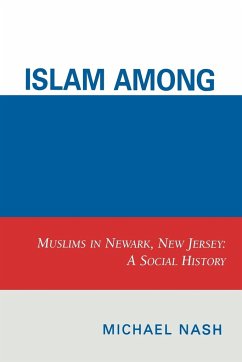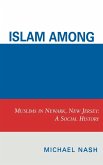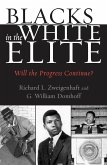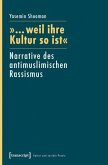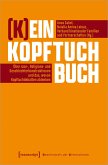Islam among Urban Blacks examines the evolution of Muslim community development in our nation's third oldest city, Newark, New Jersey. It is an historical account of the efforts of a diverse community that over several decades grappled with the challenge of establishing a respected place for their Islamic lifestyle within the United States of America. Further, it is a story linked closely to the experience of African Americans who have claimed Islam as their religion and struggled to create and to maintain an identity in the social fabric of Newark's twentieth-century Black religious culture. Few historians have acknowledged that Newark's Muslim community contributed to the enrichment of the city's urban culture. However, the community was also impacted by the industrial Newark of the early twentieth-century and the promise of American freedom just as other ethnic and religious communities in the area. The complexities of race, identity, inter-religious and intra-religious relations are the four central themes explored within this scholarly work.
Hinweis: Dieser Artikel kann nur an eine deutsche Lieferadresse ausgeliefert werden.
Hinweis: Dieser Artikel kann nur an eine deutsche Lieferadresse ausgeliefert werden.

